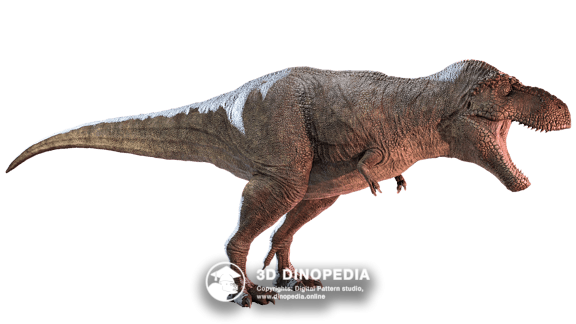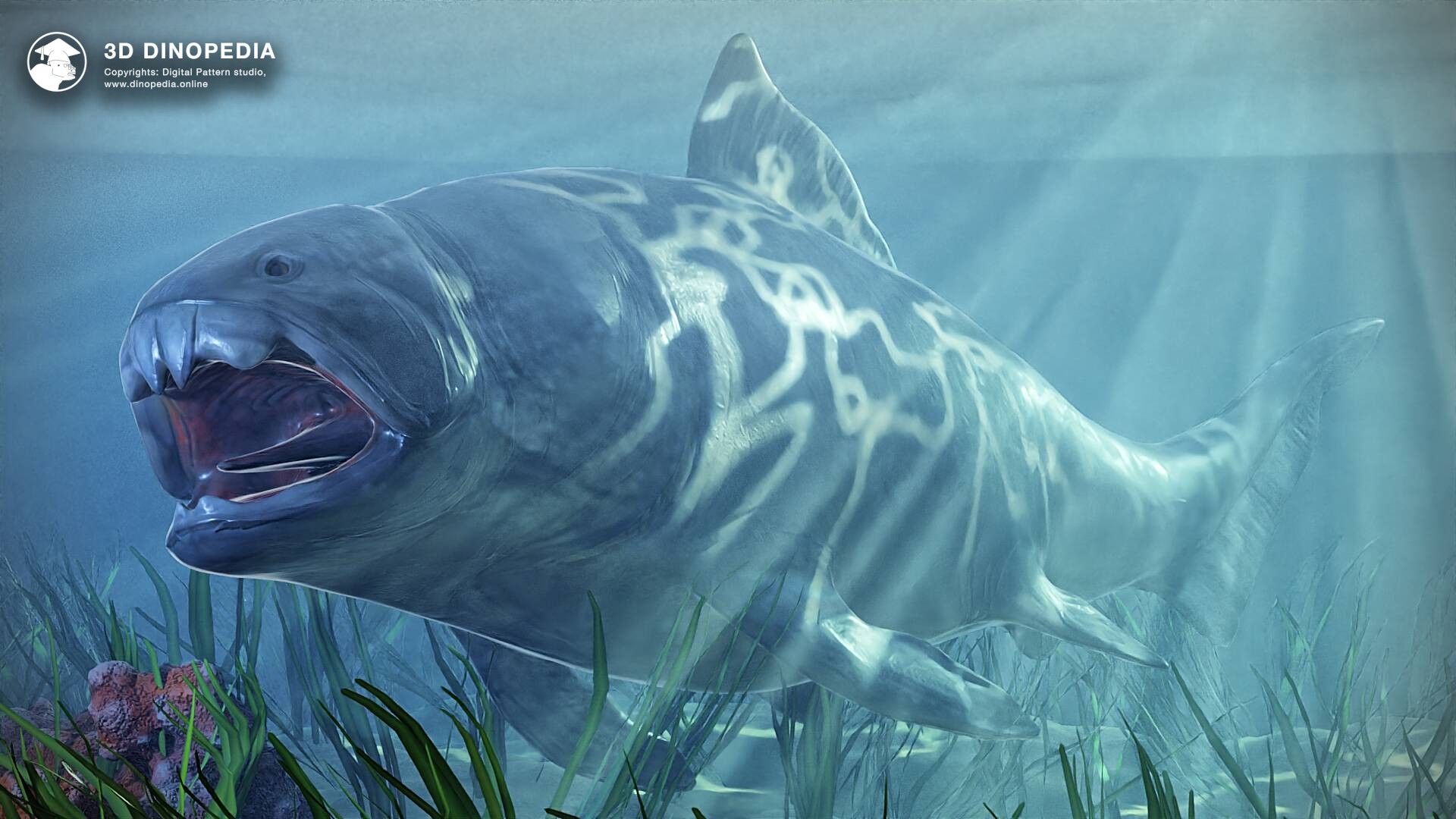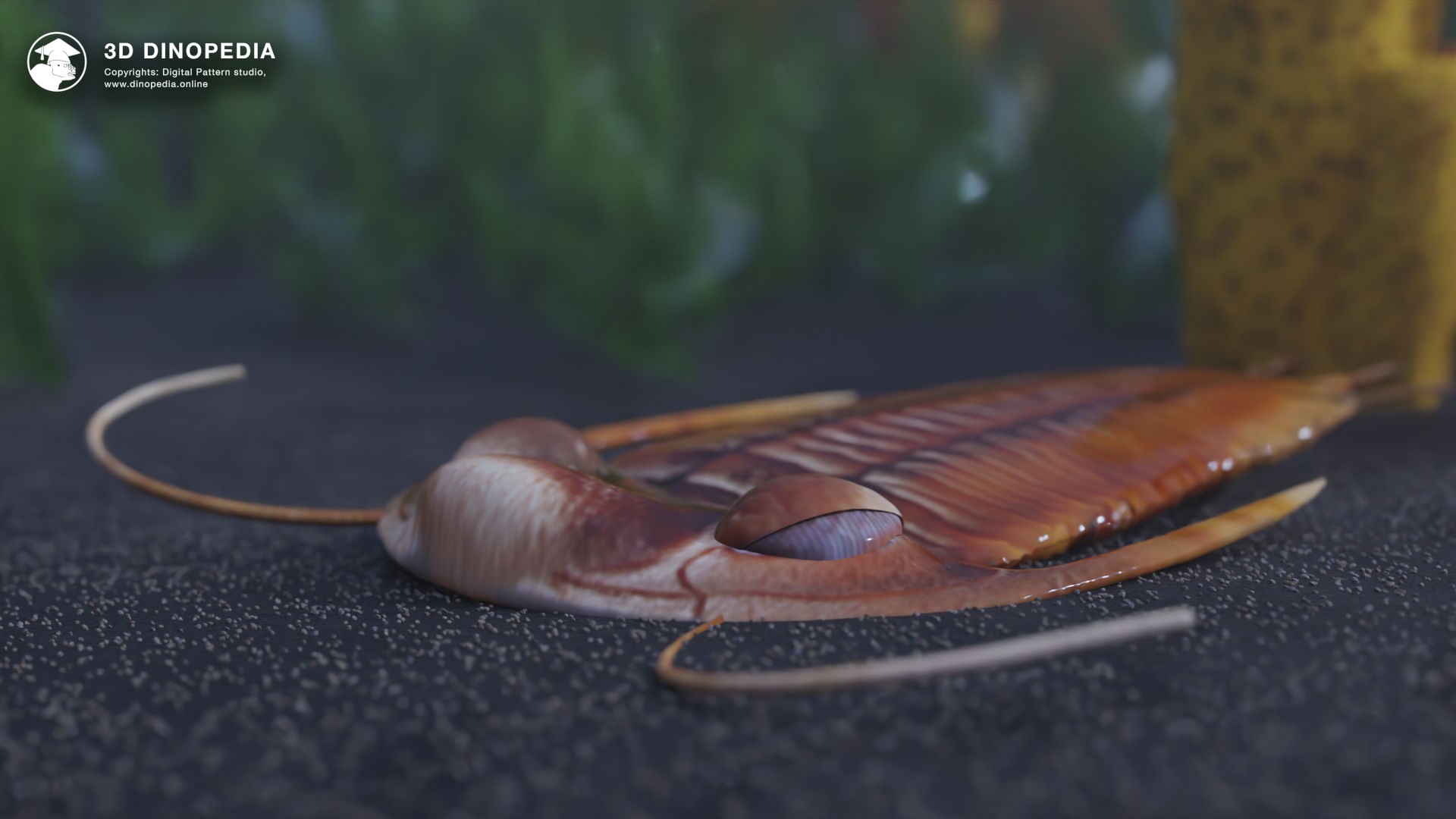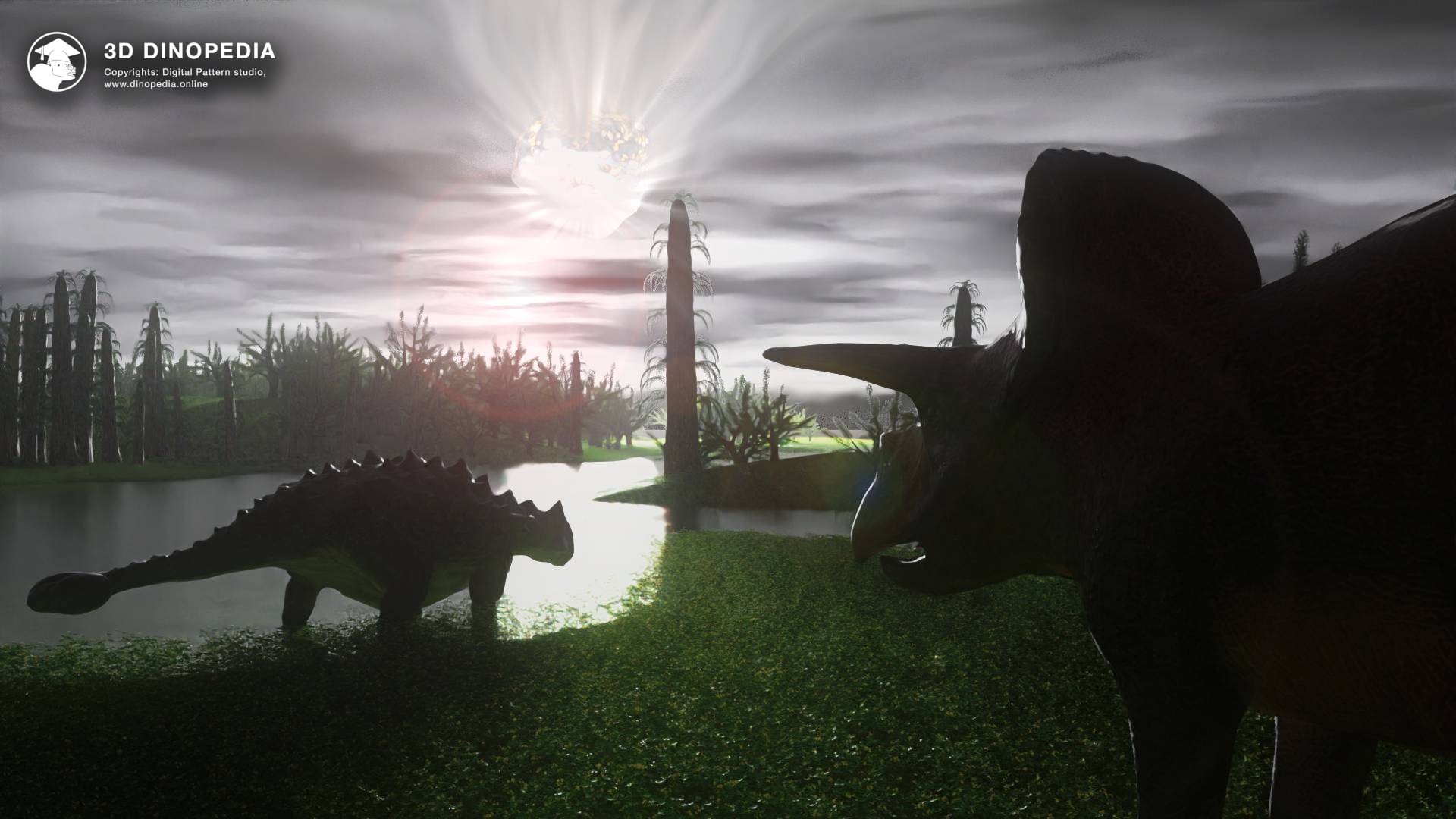Godzilla, King Kong, and Their Ancient Counterparts
26.03.2024 04:06
2924 views

Dragons, unicorns, and cyclops - we've all heard of these magical creatures from legends. Often, these beings are described as incredibly huge, and people enjoy stories about giant monsters. With the advent of cinema, new characters such as Godzilla and King Kong have joined the classic pantheon of monsters. But is there even a grain of truth in the images of these fantastic giants? Let's find out.
Let's start with the most famous creature of mythology - dragons. Dragon experts tell us that Western and Eastern dragons differ greatly. In Western legends, dragons have a lizard's body, bat wings, breathe fire, and are often adorned with various horns. In Eastern traditions, which originated in ancient China, dragons are depicted as long, serpentine beings, often covered with feathers. Considering these beings, especially the European fire-breathing giant, one might think they were inspired by dinosaurs. There's a theory that ancient people could have encountered dinosaurs and depicted these encounters in their drawings and legends. But is this possible? Paleontology gives a clear answer - no. Not a single large dinosaur bone has been found in layers younger than 65 million years, whereas the first humans, Homo rudolfensis, appeared only 2.5 million years ago, and humans capable of complex communication and story-telling even later - no more than 200,000 years ago. If so, where did these mysterious images come from?
The most obvious answer to the origin of the European dragon image is that it represents a combination of familiar animals, spiced up with fantasy. In Ancient Greek myths, chimeras were known to combine the body of a goat, the head of a lion, and the tail of a snake, and, by the way, capable of spewing flames. No one doubts that the chimera is a mix of contemporary animal images. A similar story is with dragons. Their first mention comes from Greek myths, from where the very name "dragon" originated. In ancient depictions, dragons are simply presented as large snakes. Around 500 AD, in Central Asia and the Caucasus, images of snakes with four legs appear. Only a thousand years later, in the 15th century in Italy, does the first image of a dragon with legs and bat wings appear. After this, the image of the dragon gradually evolved, acquiring the features familiar to us today.
As for the Chinese dragon, its image goes back to deep antiquity. But the further scientists study ancient depictions, the less the giant with feathers resembles a real giant. Moreover, the feathers in ancient depictions more resemble decorative curls adorning the dragon. In the most ancient illustrations, created about 3500 years ago during the Shang dynasty, the Chinese dragon most closely resembles an ordinary caterpillar curled up!
So, can we assert that ancient animals are not directly related to legends of dragons? Most likely not. Initially, the images of dragons arose based on the caterpillar in China and the snake in Greece. However, this does not exclude the possibility that artists and storytellers of subsequent generations could add new details to these images, based on their own experience and knowledge. People have long encountered remains of ancient animals, and the discovery of bones of real ancient reptiles could confirm existing ideas about gigantic beings, stimulating changes in mythical images based on the features of found skeletons. For instance, it is known that the dragon image in Klagenfurt, Austria, was created based on fossil findings, and the shape of the dragon's head was precisely reproduced from a skull, which later turned out to belong to a woolly rhinoceros, not a dragon or dinosaur. In China, where many ancient reptile findings have been discovered, peasants, possibly encountering remains of long-necked plesiosaurs or sauropods, could strengthen their belief in the existence of giant snakes. Moreover, the abundance of well-preserved feather imprints from dinosaurs might have inspired the addition of not just decorative curls but images of real feathers on depictions of Chinese dragons!
What about other mythical creatures? The image of the unicorn obviously originated from horse depictions. However, skeletons of ancient rhinoceroses could well have been mistaken for unicorn remains. For example, the animal Elasmotherium is still called the "Siberian unicorn" because it had a large horn on its head. In the 17th century in Germany, a skeleton of a woolly rhinoceros was found and incorrectly assembled, and a narwhal's tusk was attached to its head, leading to the creation of a "unicorn skeleton." This "skeleton" is still exhibited in the Magdeburg Museum in Germany as the Magdeburg Unicorn.
The story of the cyclops also arouses great interest. Giants themselves are found in the mythology of many peoples. But the cyclops' one-eyed feature is particularly intriguing. It might simply be a product of fantasy, but there could also be a paleontological explanation. On many Mediterranean islands, where Greek myths took place, dwarf elephants, members of the genera Palaeoloxodon and Mammuthus, lived several tens of thousands of years ago. Their skulls, often well-preserved with tusks, are frequently found. In the center of the skull is a large hole — the nasal cavity, but people unfamiliar with paleontology could assume it was the skull of a giant with one large eye in the middle.
As for Godzilla? This giant's image was created in the mid-20th century and first appeared in a Japanese film. After World War II, topics of radiation and nuclear weapons were widely discussed, against which the idea of Godzilla - an ancient dinosaur irradiated by a hydrogen bomb, growing to incredible sizes - emerged. The basis for his image was the tyrannosaurus, but depicted in the stylistics of the early last century. At that time, dinosaurs were imagined to move on two legs, lifting their torso high and dragging their tails along the ground. This is how the most fearsome theropods were drawn, and this is exactly how Godzilla was depicted. To add "monstrosity" to his image, back plates from another dinosaur - the stegosaurus - were included. The size of the Japanese kaiju significantly exceeded that of any predatory dinosaur, and Godzilla also possessed some supernatural abilities.
Finally, we come to another giant of the silver screen, which appeared at the dawn of cinema in 1933 - King Kong. It's no secret that this monster is simply an enlarged image of a gorilla. Interestingly, according to the film's plot, King Kong lived on an island where ancient animals, including the tyrannosaurus, survived, suggesting he is an ancient giant. Surprisingly, just two years after the film's release, German paleontologist Gustav Heinrich Ralph von Koenigswald acquired teeth of a giant ape, which he called "Gigantopithecus" (meaning "giant ape") in a store in Hong Kong. It was later found that this ancient primate significantly exceeded all modern species in size. Standing on its hind legs, its height could reach up to 3 meters. Of course, this is smaller than King Kong, but still impressive! Gigantopithecus turned out to be a close relative of the orangutan and became extinct more than 300,000 years ago.
While 3D Dinopedia does not feature mythical creatures, here you can find many of their fossil counterparts. Now you can explore the tyrannosaurus, stegosaurus, or any of the Chinese feathered dinosaurs on your own. Good luck with your research!
Discussions






{{ count }} comments
You must login to write a comment